In the ever-evolving world of technology, cloud computing has emerged as a transformative force, revolutionizing the way businesses and individuals manage and access data and applications. To fully grasp the potential of cloud computing, it’s essential to understand its various categories, each offering unique features and benefits. This guide delves into the primary categories of cloud computing, shedding light on what they entail and how they can serve different needs.
1. Software as a Service (SaaS): Accessing Applications Over the Internet
Overview: Software as a Service (SaaS) provides users with access to software applications over the internet, eliminating the need for local installation and maintenance. It offers a subscription-based model, making it easy to scale and manage software needs.
Key Features:
- Hosted Applications: Software is hosted and maintained by a third-party provider.
- Subscription Model: Typically involves a pay-as-you-go or subscription pricing model.
- Accessibility: Accessible from any device with internet connectivity.
Benefits:
- Cost-Effective: Reduces the need for costly software installations and upgrades.
- Scalability: Easily scale usage based on demand.
- Accessibility: Access applications from anywhere, facilitating remote work and collaboration.
Examples: Popular SaaS offerings include Microsoft 365, Salesforce, and Google Workspace. These applications streamline tasks such as email management, customer relationship management (CRM), and document collaboration.
2. Platform as a Service (PaaS): Building and Managing Applications
Overview: Platform as a Service (PaaS) provides a platform allowing developers to build, deploy, and manage applications without dealing with the underlying infrastructure. PaaS offers tools and services to streamline the development process.
Key Features:
- Development Tools: Provides a suite of tools and frameworks for application development.
- Managed Infrastructure: Handles underlying infrastructure management, including servers and storage.
- Integration Services: Often includes features for integrating with other services and applications.
Benefits:
- Accelerated Development: Speeds up the application development process by providing pre-built tools and environments.
- Reduced Complexity: Eliminates the need for managing hardware and software infrastructure.
- Focus on Innovation: Allows developers to focus on creating and enhancing applications rather than managing infrastructure.
Examples: Prominent PaaS solutions include Google App Engine, Microsoft Azure App Services, and Heroku. These platforms support a range of programming languages and frameworks, catering to various development needs.
3. Infrastructure as a Service (IaaS): Managing Virtualized Computing Resources
Overview: Infrastructure as a Service (IaaS) offers virtualized computing resources over the internet. It provides flexible and scalable infrastructure, including virtual machines, storage, and networks, allowing businesses to manage their IT resources more efficiently.
Key Features:
- Virtualized Resources: Access to virtual machines, storage, and networking components.
- Scalability: Easily scale resources up or down based on demand.
- Pay-as-You-Go: Typically operates on a pay-as-you-go or usage-based pricing model.
Benefits:
- Cost Efficiency: Reduces the need for physical hardware and associated maintenance costs.
- Flexibility: Provides the ability to quickly adjust resources to meet changing demands.
- Control: Offers greater control over the operating systems and applications deployed on the infrastructure.
Examples: Leading IaaS providers include Amazon Web Services (AWS), Microsoft Azure, and Google Cloud Platform (GCP). These platforms offer a range of virtualized resources and tools for building and managing IT infrastructure.
4. Function as a Service (FaaS): Running Code in Response to Events
Overview: Function as a Service (FaaS), also known as serverless computing, allows developers to run code in response to specific events without managing servers. FaaS is ideal for executing small pieces of code in a scalable and cost-effective manner.
Key Features:
- Event-Driven Execution: Executes code in response to specific triggers or events.
- No Server Management: Abstracts the underlying server management, focusing on code execution.
- Automatic Scaling: Automatically scales based on the number of events or triggers.
Benefits:
- Cost Efficiency: Pay only for the execution time and resources consumed by the code.
- Reduced Management: Minimizes the need for server management and maintenance.
- Scalability: Automatically scales with the volume of incoming events.
Examples: Popular FaaS offerings include AWS Lambda, Google Cloud Functions, and Azure Functions. These services allow developers to build and deploy code in response to events such as HTTP requests, database changes, or file uploads.
5. Container as a Service (CaaS): Managing Containers in the Cloud
Overview: Container as a Service (CaaS) provides a platform for deploying, managing, and scaling containerized applications. Containers are lightweight and portable, making them ideal for modern application development and deployment.
Key Features:
- Container Management: Provides tools for managing and orchestrating containers.
- Scalability: Easily scale containerized applications based on demand.
- Portability: Containers can run consistently across different environments.
Benefits:
- Efficiency: Optimizes resource usage and speeds up application deployment.
- Portability: Ensures consistency across various environments, from development to production.
- Simplified Management: Streamlines the management of containerized applications with integrated tools.
Examples: Leading CaaS platforms include Google Kubernetes Engine, Amazon ECS (Elastic Container Service), and Azure Kubernetes Service. These platforms support container orchestration and management, facilitating the deployment of containerized applications.
Conclusion
Cloud computing offers a range of categories, each tailored to meet specific needs and provide distinct advantages. From SaaS’s accessible software solutions to IaaS’s flexible infrastructure and FaaS’s serverless execution, understanding these categories can help you make informed decisions about leveraging cloud technology. Whether you’re a developer seeking efficient tools or a business aiming to optimize IT resources, exploring these cloud computing categories can unlock new opportunities and drive innovation in your projects.


